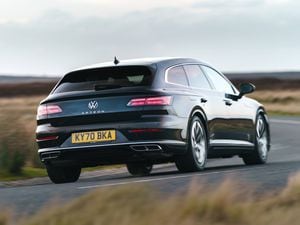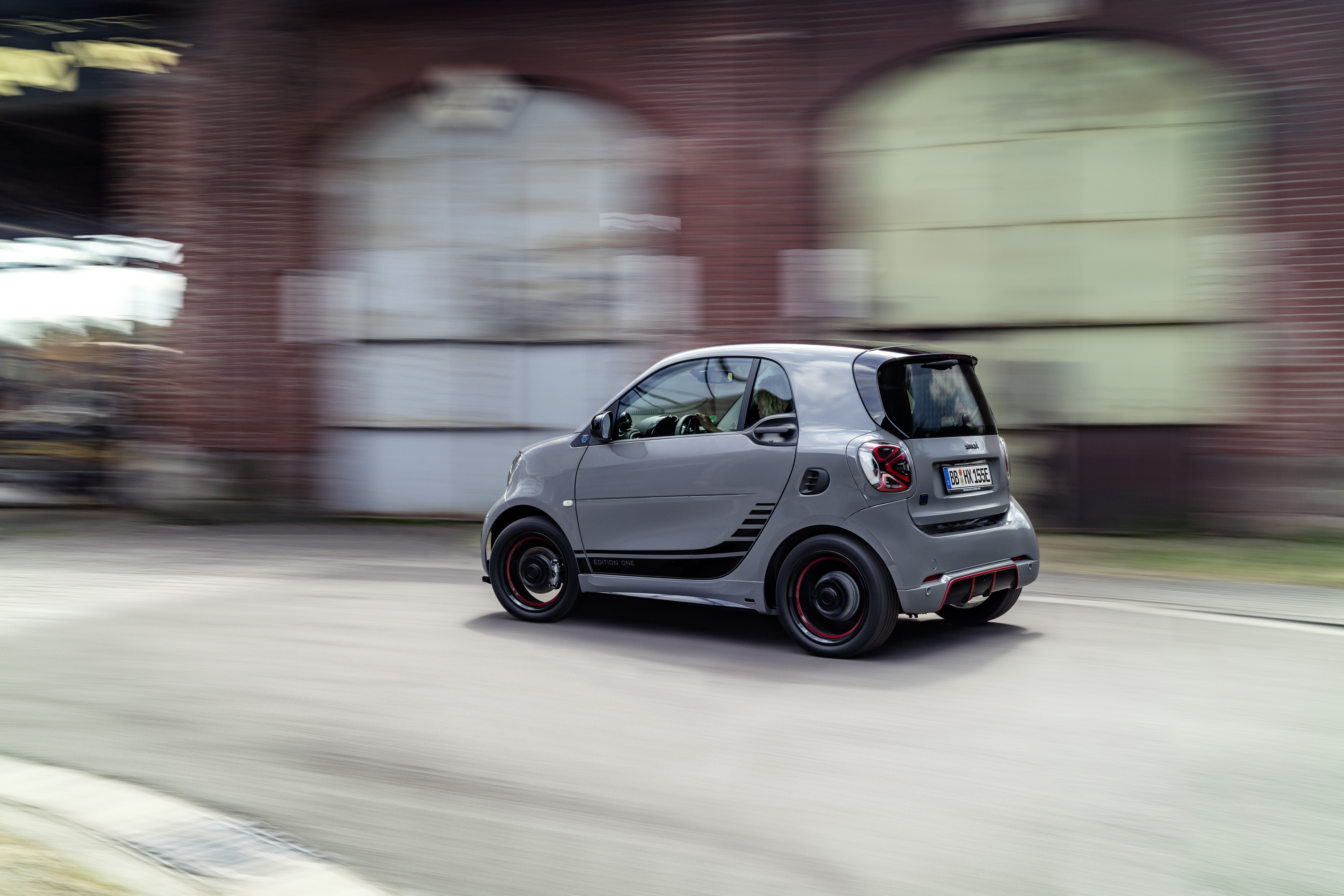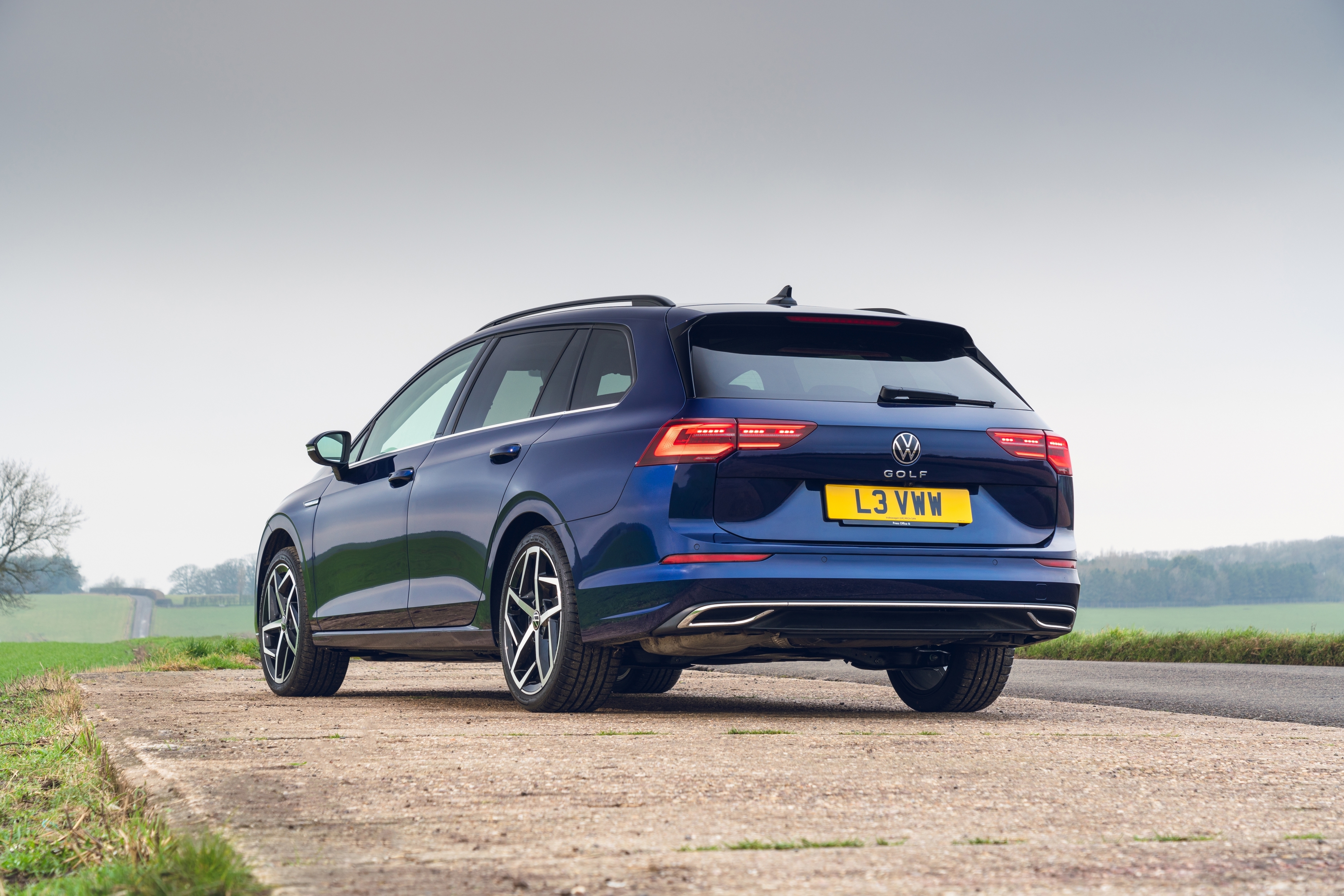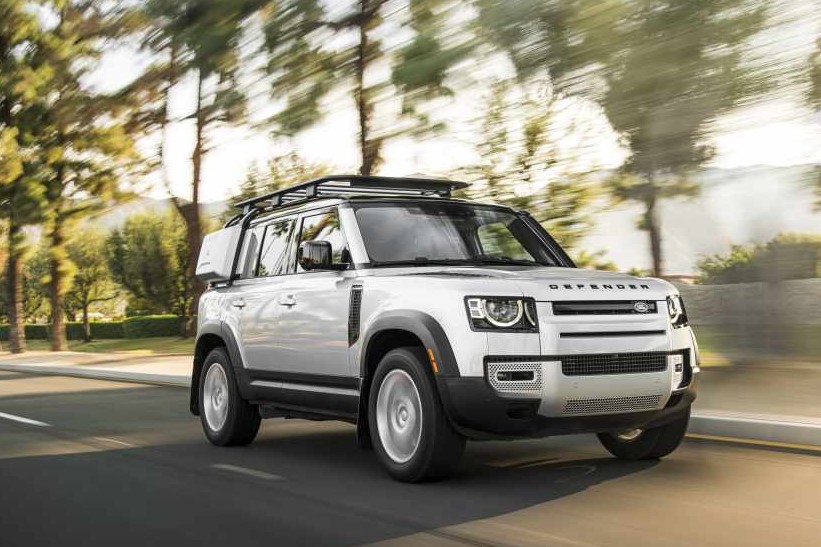Car body styles explained
Don’t know your wagons from your liftbacks? We’ve got you covered.

The automotive industry is full of odd names and acronyms that can prove baffling when trying to look for something to buy.
Nowadays, even when it comes down to knowing what shape to look for, there are so many niches it can all get a little confusing.
To help you get your head around it all, we’ve put together a quick guide explaining the different body styles to make navigating the classifieds easier.
City cars

As the name would suggest, these models are designed for use in the city. As such, they’re really small to make navigating busy, narrow streets easier, as well as being able to nip into tight parking spots. The downside is that this usually means they’re not particularly practical.
Supermini
Because simply calling them a ‘small car’ would be boring, instead we have the supermini. These are slightly larger than city cars, and are designed for people who want something compact for urban life, but need a bit more space to carry passengers or shopping bags, for example.
Hatchback / Liftback

Again, these tend to be a step up in size from superminis and are often best described as small family cars. However, it simply refers to a hatch-style boot opening, hinged from the roof, and can apply to a wide variety of similar shapes and sizes.
Hot hatch
This is a particularly important one to know in the UK, as we have one of, if not the biggest market for hot hatches. These are high-performance versions of a manufacturer’s more sedate hatchbacks, getting more powerful engines and upgraded equipment that make them handle better.
Saloon
These models can vary wildly in size, with smaller saloons aimed at families ranging all the way up to large luxury cars. They have a ‘three-box’ design, which means the engine, passenger compartment and cargo space are each in a different section. These cars are often referred to as ‘sedans’ in America and Europe.
Estate / Wagon

These are usually variations on saloon and hatchback models, providing a more practical alternative – for example, the Mercedes-Benz C-Class is offered in both saloon and estate form. These have a larger rear section, with the roof extending into a vertical back end, providing a boxier look that allows for more luggage capacity.
Shooting brake
These models started life as custom cars designed for shooting parties to carry their equipment and game, but nowadays they tend to refer to a variation on the estate. They’re typically a similar shape to these models but with a sleeker shape that puts aesthetics before practicality.
SUV

This stands for sports utility vehicle and refers to larger 4×4-style vehicles. They were originally designed to be appropriate for off-roading, with high-travel suspension to make traversing rough terrain easier. However, buyers liked the improved visibility and feeling of safety, which grew a new segment for road-going 4x4s, which became known as SUVs.
Crossover
These vehicles attempt to blend the smaller dimensions of hatchbacks with the attributes of an SUV that appeal to buyers. They’re therefore typically based on a manufacturer’s hatchback or supermini, but with a higher driving position, higher ride height and more luggage space.
Pickup truck
These are typically commercial vehicles and have a cabin at the front and a load bed at the rear. Much like SUVs, the market for private buyers has grown, but these models typically still appeal to those who need a lot of cargo space and off-road ability with little concern for creature comforts.
Coupe

A coupe is a hard-top car that typically only has two doors and a sleek design. Sports cars typically take this shape as practicality is less of a concern than style and performance.
Convertible
An open-roofed car, with either a manual or automatically operated roof, made from canvas or metal. These days there’s a huge variety of cars available with convertible options, from superminis to supercars.
Supercars
Speaking of which, these tend to be the absolute pinnacle of performance cars. Usually they’re coupes but also often convertibles. They give no concern to practicality – it’s all about performance, with the most powerful engines and exotic parts that make them handle better than anything else on the road.





